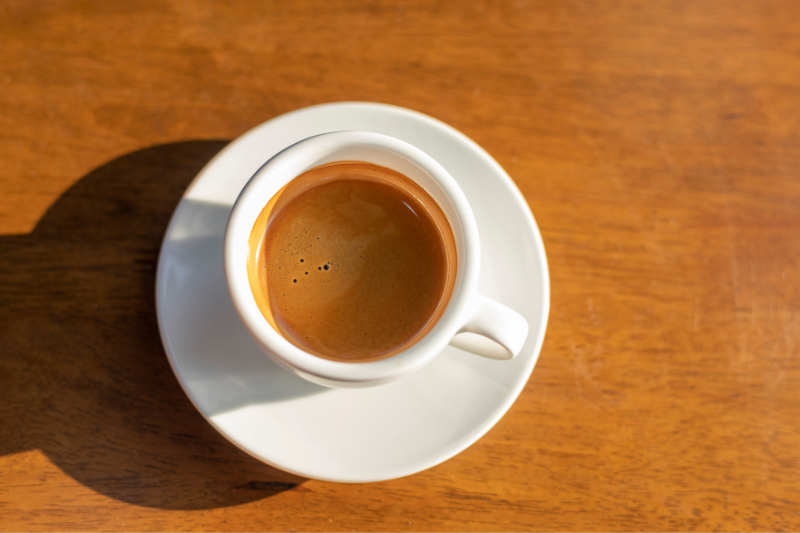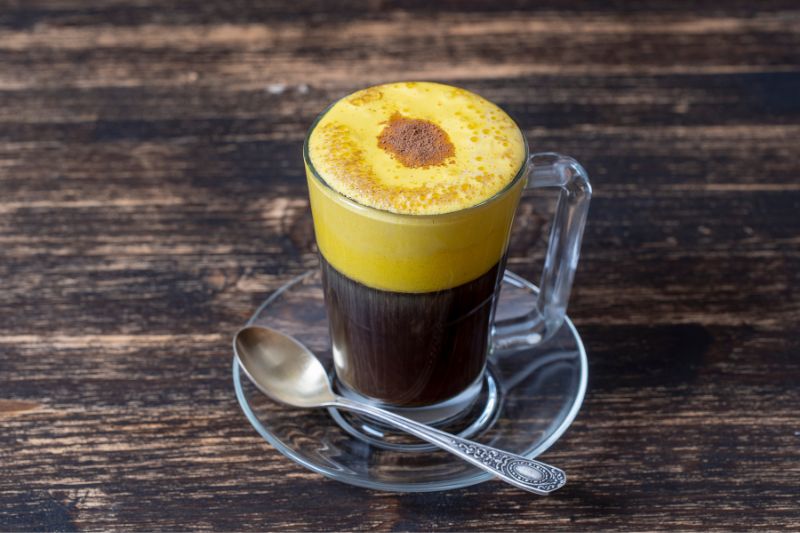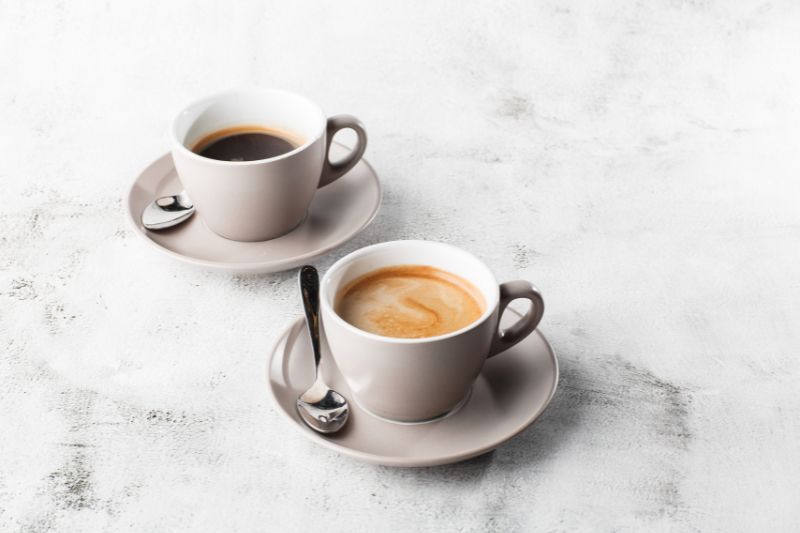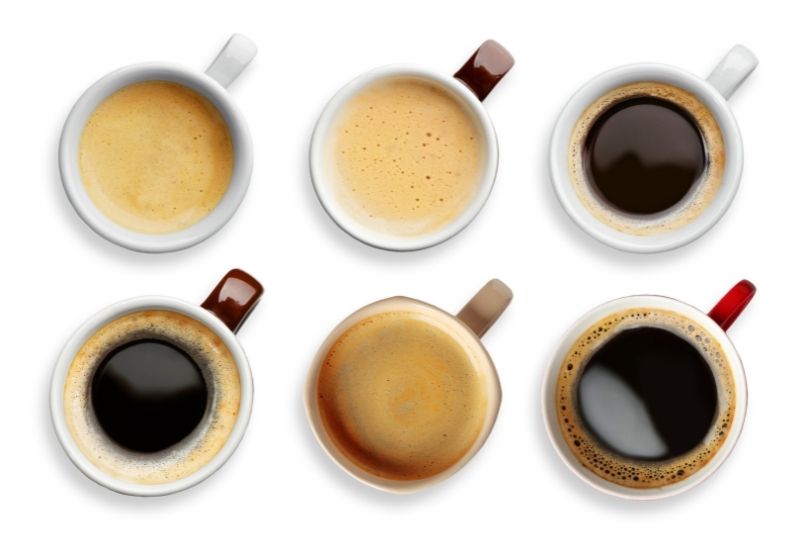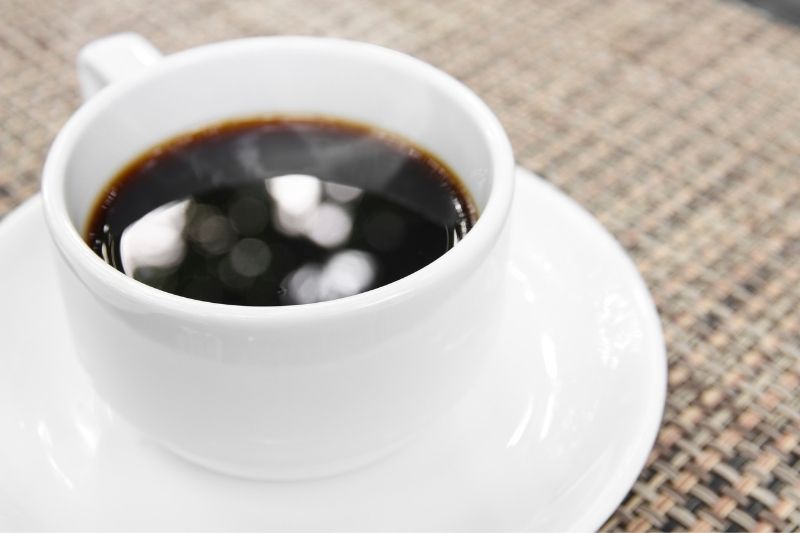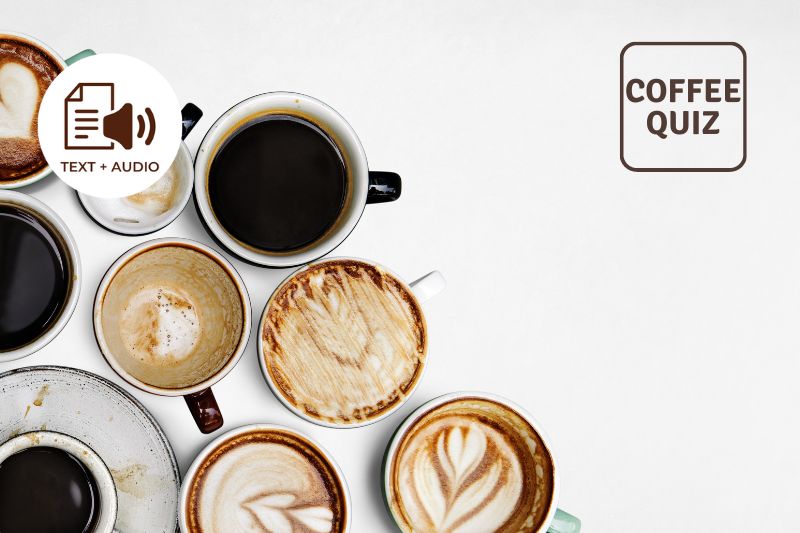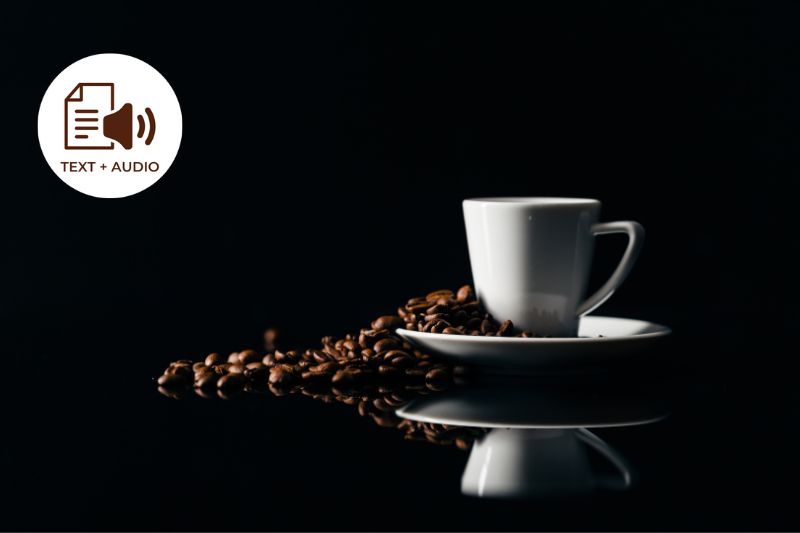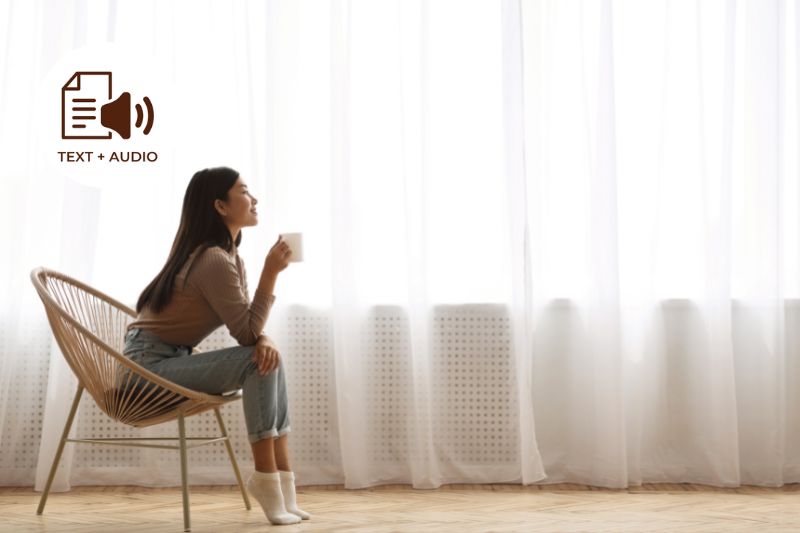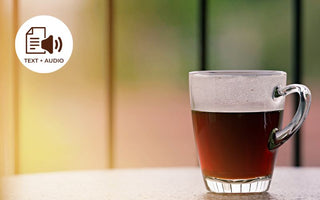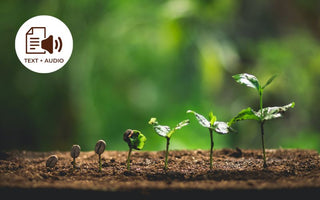Coffee (from the French term café [/kafe/]) is a beverage made from roasted coffee beans, which are harvested from the coffee plant's fruit. However, each type of coffee will use different methods and beans to produce a cup of coffee with distinct flavors and characteristics. Vietnamese coffee and Japanese coffee have significant advantages and are well-known for the diverse features of each variety of coffee. This duel compares each on 10 different criteria to determine which one is "superior."

1. Availability: Vietnam produces tons of Robusta coffee a year
Vietnam is the second-largest coffee exporter in the world with an output of nearly 1,650,000 tons per year. In addition, Vietnam is the world's leading exporter of Robusta coffee. Robusta beans account for 95% of Vietnamese coffee and 40% of world production. Robusta grows on the land of Vietnam like the resilience of the Vietnamese people. Robusta, which means "strong," has the capacity to grow and survive harsh conditions. Vietnam offers excellent natural conditions for cultivating Robusta coffee. This tree's growth height is restricted between 0 and 800 meters. The tropical climate ranging from 24-29 degrees and the lush soil of the Central Highlands provide ideal growing conditions for this plant. Vietnamese Robusta coffee is recognized across the world for its high production per hectare. Its flavor is even more distinctive and delectable in several well-known places, such as Buon Ma Thuot (Dak Lak), and Lam Ha (Lam Dong).
2. Consumption: Japan is one of the largest consumers of coffee in the world
In 2020, the whole Japanese coffee market was worth USD 29.9 million, with per capita consumption at 2kg per year. Between 2020 and 2025, the sector is expected to increase at a 3.5 percent annual rate.
Outsiders may be stunned to discover that Japan is the world’s top coffee consumer but they can see the reasons why. In Japan, people are familiar with many “Conbini” coffee (convenience store) and vending machines that sell kinds of coffee, which brings fast and convenient for everyone. As all we know, Starbucks is one of the largest coffee retail brands in the world and when they open stores in Japan, they modify its business model to cater suit Japanese demands.
On the other hand, Vietnam consumed roughly 2.7 million 60kg bags of coffee in 2020. In comparison to 2019, total coffee consumption increased by 50 thousand 60kg bags.

3. Reputation: Vietnam coffee exports are under the top 2 of the world
Vietnam has found a niche in the international market by focusing mainly on the cheaper Robusta coffee. Robusta beans can have twice as much caffeine as Arabica beans, giving the coffee a more bitter taste. Accordingly, Vietnam is the second-largest coffee producer in the world. Coffee is among the ten key products of Vietnam and is in the top six products with export value topping 3 billion USD each year. Coffee is also the second most important export commodity after rice. Vietnam mainly exports Robusta coffee, which accounts for about 40% of the world's total supply. Countries around the world use Robusta coffee beans from Vietnam because of their low acidity, bitter taste, and mocha notes.
4. Dedication: Japanese Sumiyaki coffee also requires highly-skilled experts
Roasting expertise is required to generate a superb and magnificent Japanese Sumiyaki coffee. Experts must combine particular skills in order to create flames that outperform gas burners because the fire must be sustained at a temperature of roughly 500 degrees or they can be heated to 1000 degrees by using a fan. Furthermore, the professionals must be able to reduce the temperature when necessary by adding water to the coals or sprinkling the coals with salt if they want to burn more.
It is critical for a roaster to consider the weather and humidity of the day when determining the best roasting date and time. To light a binchotan, place it in a chimney, oven, or open flame for 20-25 minutes. Furthermore, specialists must assure safety throughout the roasting process, thus they must be highly competent and professional in order to minimize unfavorable outcomes while also reducing expenditures paid when roasting fails.
5. Feature: Coffee is more than just a drink in Vietnam
Vietnamese people tend to keep coffee grounds for further use for different purposes. Especially for women, Vietnamese people often use it for beauty, such as exfoliating the skin with coffee grounds, exfoliating hair, and combining it with yogurt or honey to create a mask for acne and dark circles under the eyes. Because of the good nutrients found in coffee such as organic acids, adequate fats, alkaloids, minerals, potassium, magnesium, and iron, coffee grounds have a very good effect on beauty for women.

6. Tools: Two special methods of making Sumiyaki Japanese coffee roasting.
The coffee roasting process may be loosely split into two basic varieties: "hot air roasting" and "direct fire roasting," which have historically been the two most common forms of roasting in the coffee industry.
Hot air roasting is a method of roasting coffee beans that uses high-temperature air. Coffee beans that are roasted in this manner provide light-roasted coffee. We can imagine this method as roasting the beans in a dryer that pumps out fairly hot air.
Direct Fire Roasting is a method of roasting coffee that uses fire from a gas burner. This is analogous to cooking meat on a grill. This method of roasting produces deeper roasts and produces coffee with a richer flavor.
7. Taste: Aroma tastes of Japanese Sumiyaki charcoal roasted coffee
Sumiyaki Charcoal Roasted coffee has a strong, charcoal scent as well as a salty flavor. The coffee beans are cooked thoroughly from the inside attributed to the influence of Infrared and Far Infrared Rays, and the resulting roasted beans have a rich and fluffy finish. Anyone who has ever cooked with charcoal will be familiar with the incredible scent and taste that can be acquired from charcoal grilling. People who adore coffee will never forget the ideal blend of smokey, sweet, and salty aromas. Not only that, but charcoal roasting protects the coffee from oxidation and offers a distinct flavor.
8. Device varieties: The Japanese use many devices and tools to make coffee
The Japanese use many devices and tools to make coffee grinders, especially the Hario brand for making the coffee is one of the best choices in Japan. They often use their coffee pour-over drippers (V60), paper filters, pouring kettles. Furthermore, Japanese folks have long utilized Nel drip coffee. A Nel drip pot may be used to not only make a good cup of coffee but also to give a touch of sophistication to your modern coffee brewing room, whether at home or in a café. Also, the wave drippers series, the drip pot, server and decanters, dutch coffee server, and coffee mills can contribute to the variety of coffee-making devices.

9. Creativity: Vietnamese people innovate many kinds of coffee drinks
Vietnamese people started enjoying coffee in the mid-19th century. Because of that, Vietnamese people are constantly inventing coffee drinks that combine with other ingredients to create a unique flavor for the Vietnamese people. There are 3 popular innovative drinks that are popular with all travelers and Vietnamese people:
- "Ca Phe Sua Da", is a typical drink of Vietnam, especially in Saigon which is a combination of Coffee and Condensed milk and ice. "Ca Phe Sua Da" has been recognized worldwide as the Vietnamese way of brewing with the English name Vietnamese Iced Coffee.
- "Ca Phe Trung" is a popular beverage in Vietnam. Not only is it unique in terms of preparation, but it is also unique in terms of consumption. To enjoy both the egg and the coffee, you must tilt the cup. The perfect combination of coffee, eggs, sugar, and condensed milk provides the drinker with completely different taste sensations than other coffee cups around the world, bearing bold characteristics of the ancient capital Hanoi glasses. Egg yolks will be whisked by hand with milk and sugar, then boiled coffee will be poured. Nowadays, with advanced technology, beating eggs has become easier, eggs are beaten by a machine to help keep the smoothness longer, so egg coffee has a cold version and many other combinations with chocolate or matcha. A cup of hot egg coffee, the layer of sweet and fatty egg foam on top, and the bitter coffee underneath combine to provide users with a memorable taste experience.
- "Bac Xiu" is made using the same components as Vietnamese Iced Coffee: coffee, condensed milk, and crushed ice. The key difference is in the proportions, with more milk and less coffee resulting in a rich, aromatic cup of silver with a touch of coffee.
Source: https://vietnam.travel/things-to-do/5-fantastic-vietnamese-coffees
10. Cost: a cup of Vietnamese coffee at a pavement café costs under $1
Roadside coffee shops in Vietnam will certainly always serve a signature beverage called Vietnamese Coffee. Coffee is extensively available because Vietnamese people (particularly males) enjoy drinking their coffee on the street. They can get up early to walk to the stores on the street and have a cup of coffee with friends before starting work or a new day. And at a price of 10,000 - 20,000 VND (about 0.5 - $0.8), everybody can enjoy a cup of coffee with a bitter and fragrant flavor. Furthermore, Vietnamese individuals frequently bring take-out to their office to consume, which helps to make the day more awake and energetic.
And the victor is...
It’s a draw. 5 out of 5. Vietnamese coffee succeeds in availability, reputation, feature, creativity, and cost. Sumiyaki Japanese coffee succeeds in consumption, dedication, tools, taste, device variety. Both Vietnamese coffee and Sumiyaki Japanese coffee have their own distinctive features and subtle taste. As a coffee drinker, you can try both types to enhance your experience as well as discover many good aspects of each of these coffees.
Get Free Bonus Book


